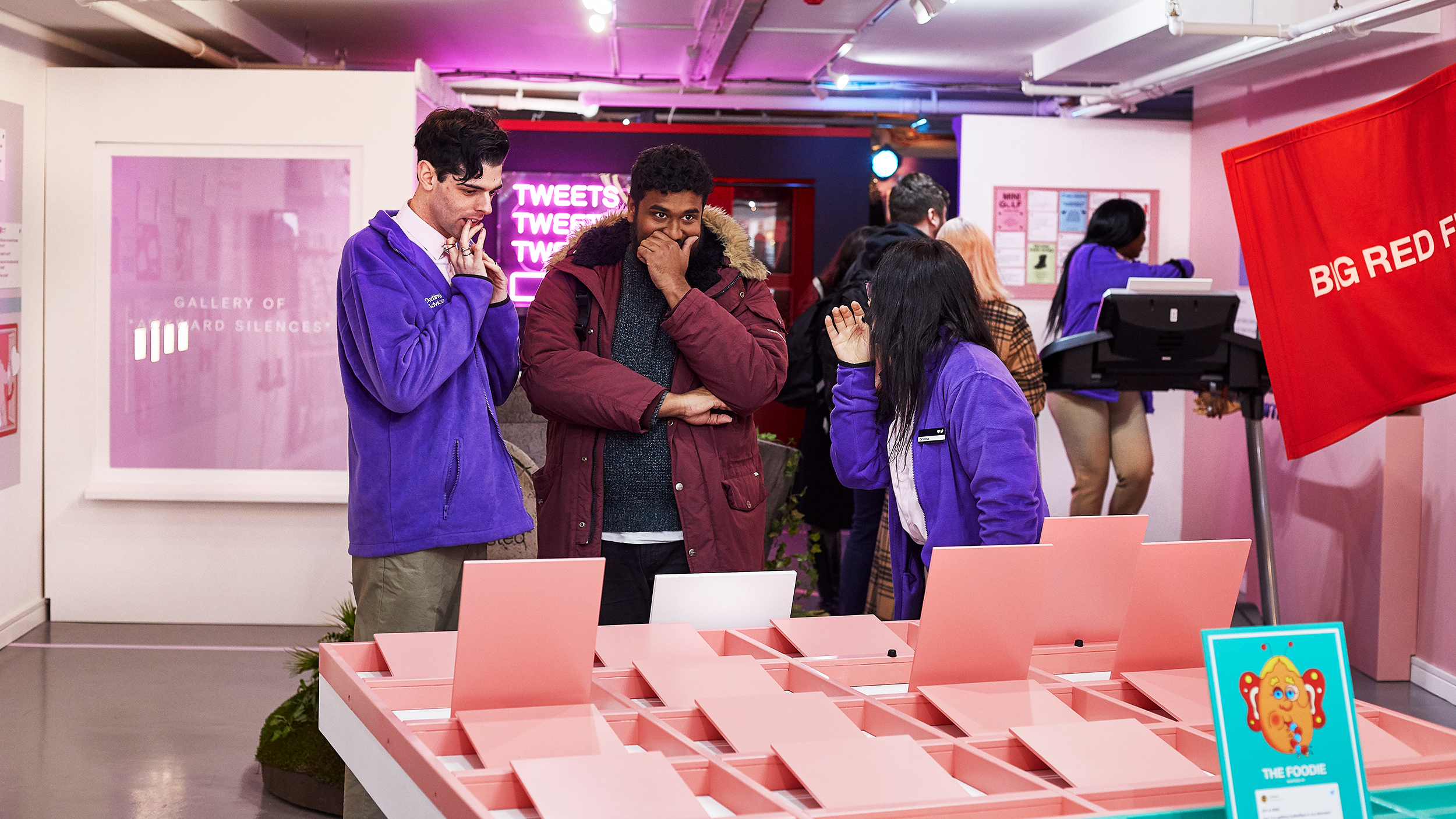It’s no secret that the continuing Covid-19 situation has created a difficult atmosphere for experiential marketing. If you’ve had to postpone the genius pop-up or amazing event you’ve had in the works for months, then don’t worry - we share your frustration. But if you’re searching for a silver lining, consider the intervening period as a chance to spend time expanding on your creative and thinking about ways to make use of the new opportunities that will be available in a slightly altered post-Covid landscape.
An experience can be an amazing uplift for a brand: in person, customers experience a much closer relationship with the brand or product than the 5,000 other advertising messages they will be subjected to that day. But in reality, it’s always been the case that those who get to visit could be just the tip of the iceberg.
Strategically integrating your experience with other complementary media channels can extend its reach and ensure an even bigger pay-off for your hard work. This is especially true in the current climate: when traditional physical experiences are compromised and people are hanging out online instead, making creative use of video is a brilliant solution for getting your ideas seen. Fresh off creating a few really exciting experiences for brands like Twitter, Google and Fiat, we wanted to share some of things we’ve learned about using video alongside experiential.
- Don’t let your video be an afterthought to the experience
It’s common to layer a video element on top of experiential strategy, either for social media or the core of a video, like EE’s augmented reality gig with Bastille. With this approach, brands like EE are able to get their message in front of a lot more eyeballs, but it can often feel as if the process has gone back-to-front. A slickly produced video showing how amazing your pop-up experience was really needs to work hard to provide that authenticity - “yes we really did this, yes it was exactly as you see on the screen and yes, that was a cool/interesting/daring thing to do”. Too often you can come away with your audience assuming that the whole thing was a set-up, carefully choreographed for the purposes of the ad, undermining trust. Instead -
- Do use video to document the experience - authentically
There are still plenty of opportunities to make sure that your experiential strategy hits lots more people using video. If you want to make the experience the centre of your video, bring your audience along. Don’t just show them what happened to a bunch of people they never met and expect that to prove your product claims. Make sure your audience knows they’re seeing something genuine by showing behind the scenes and building real jeopardy. You could even release the full proof online, as Apple recently did with their 5 hour video shot on iPhone to demonstrate battery life.
- Better yet, use video to expand your concept and hit a different audience
Take inspiration from your experiential and use elements of it to create a video from the same world. Addition is better than replication in an inferior form - make an advert for the experience itself that builds hype, or take the core concept and expand it to a more video friendly creative approach. We had great success with this on two recent campaigns for Twitter, creating a spoof infomercial to complement a Valentines experience and a fake Visit Scotland advert to accompany a parody Visitor Centre at the Edinburgh Fringe. Not only does this approach reinforce the authenticity of both elements, you have a good chance of reaching a different audience with each channel and maximising your impact.
Thinking carefully about how video and experiential can work together can be hugely rewarding for your brand. Wrapping up the whole thing and firing it into the stratosphere will be a concerted PR effort that picks up all these elements, finds the newsworthy part of it all and ensures that people around the world get to marvel at the fact that your brand is doing something cool. A popup enables you to have a direct engagement with thousands of people, and drive word of mouth through their networks. When you add video, you create an opportunity to take that experience or message even further.
If you have a great idea you want to discuss, or even if you don't know where to start, we're all ears.

